How to go a WEEK without washing your hair - tried and tested by our beauty writer
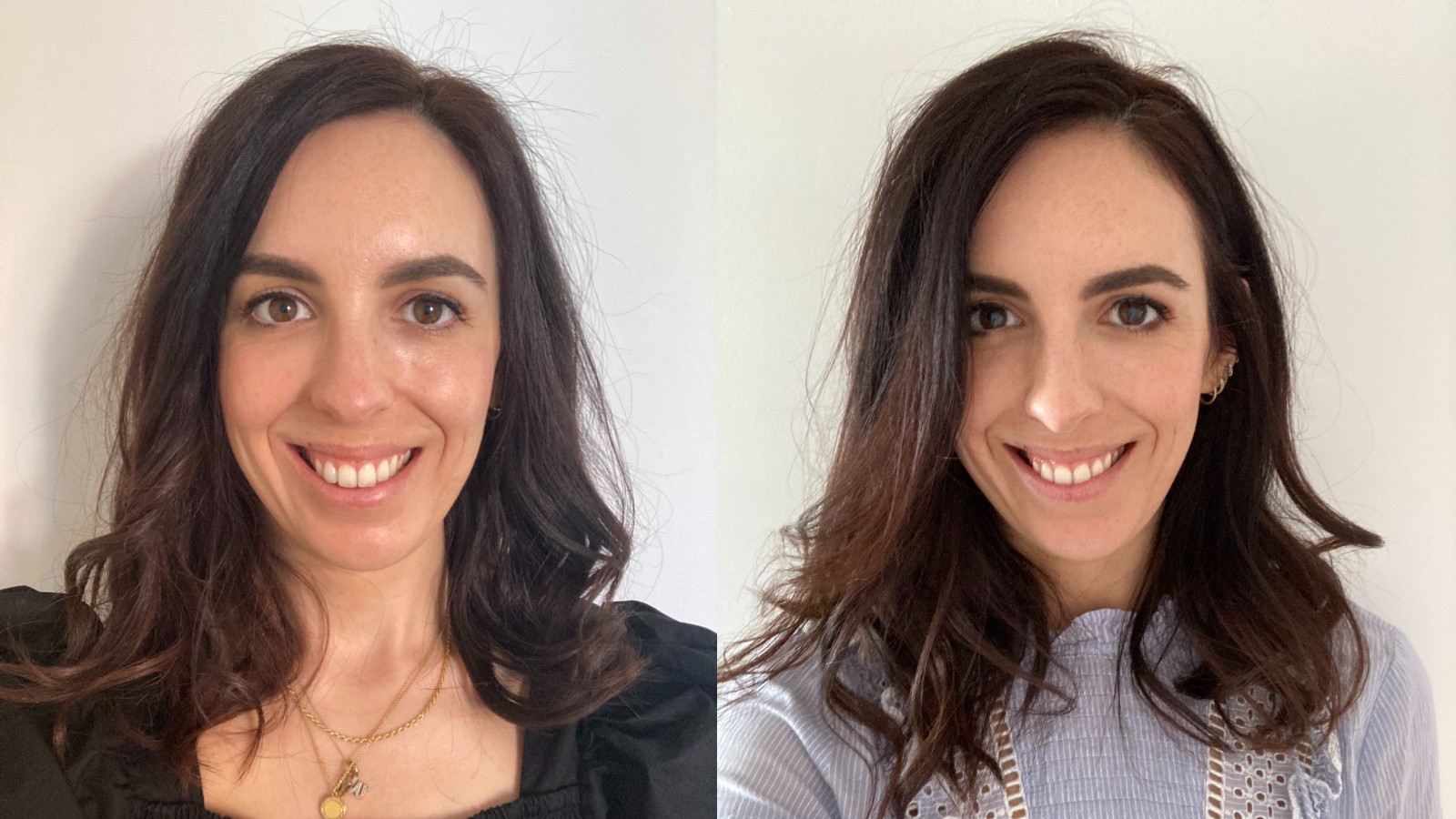

If you’ve ever wondered how to go a week washing your hair, you’re not alone. Whether you’re making a conscientious effort to save water, want to cut down on hair damage or simply don't have the time to deal with the rigmarole of very frequent hair washing, there are ways to spread out your shampoos.
While there are no rules on how often you should wash your hair, many people prefer to lather up daily or every other day. Spacing out shampoos is not only more convenient for most of us, but this 'lazier approach' could actually be better for your hair.
Experts often wax lyrical about the benefits of preserving the hair’s natural oils (strip them with sulphate shampoos at your peril!), and surely one of the easiest ways to keep those oils on the hair is to go longer is to go a week without washing your hair? Improving your shampoo and conditioner and technique, and using our recommended styling products can really help keep hair looking fresh and healthy in the interim. We grilled the experts their advice. Beauty Editor Stephanie Maylor's shares her experience of going seven days without washing her hair - and reveals the one product that got her through it.
How to go a week without washing your hair
1. Shampoo your hair twice
There’s a reason why your hairdresser gives you a double shampoo in the salon basin. Clue: it's not for the fun of it, these experts know how to get rid of greasy hair. Take a tip from those in the know and get into the habit of shampooing twice at home.
The first cleanse removes oil, dirt and product build up, while the second rinses it all away so hair feels fresh and clean. By shampooing twice in the one shower session, you can spread out the time between washes, which is kinder to your hair in the long-run. L’Oréal Professionnel Serie Expert Pure Resource Shampoo, £13.40, lookfantastic.com, is designed specifically for a double shampoo. If you find your scalp becomes dry, irritable and flaky, use Nizoral Anti-Dandruff Shampoo, £6.30, Boots.
Before you hop in the shower, it’s a good idea to brush through your hair to loosen any dirt and tough knots. Dampen hair with lukewarm water then apply your shampoo to your fingertips and work into the roots and scalp, not forgetting the nape of the neck and behind the ears. Rinse thoroughly then repeat the whole process. Don’t get caught up on the lather. It’s normal to not achieve much foam during the first shampoo as it’s working to dissolve build-up.
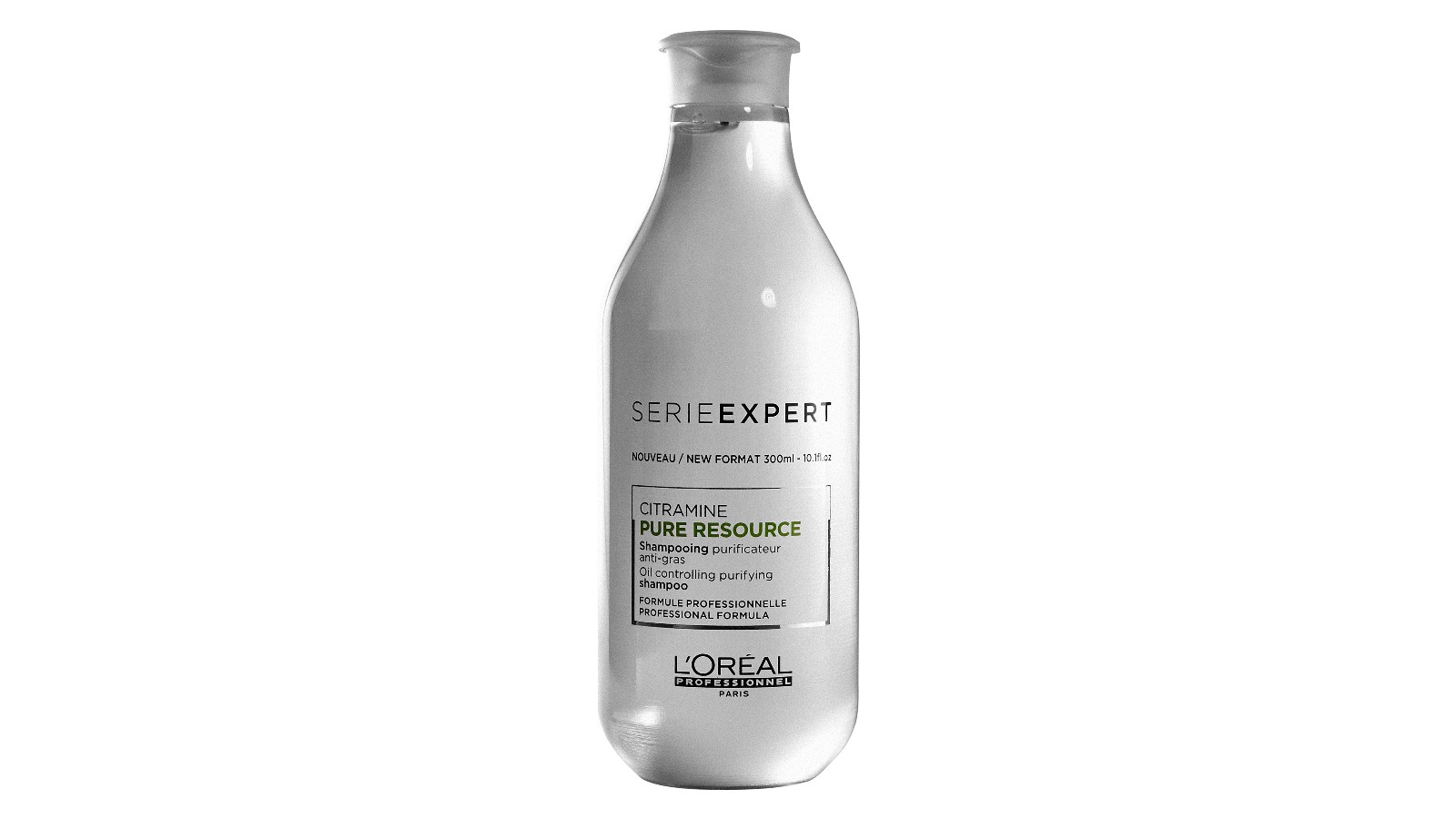
2. Avoid applying conditioner to your roots
Think of conditioner as a moisturiser for your hair. Focus it on those drier parts of the hair meaning the mid-lengths and ends. Never apply it to your roots - this will make hair feel and look lank, which means you’ll have to wash it again pretty quickly.
Parenting advice, hot topics, best buys and family finance tips delivered straight to your inbox.
After you’ve shampooed, squeeze hair dry with your hands to remove excess water. Apply conditioner to the mid-shaft downwards to the ends, leave for a minute then rinse. Those with fine hair might baulk at the idea of using conditioner, for fear it will make their hair flat and lacklustre but conditioner is essential to healthy hair, closing the cuticle back down after washing so hair feels smooth.
Fine hair should only need a one pence piece-sized amount. Choose a volumising formula like The Hair Lab by Mark Hill Conditioning Foam, £8.99, Boots. This light and airy whip that adds shine without weight.
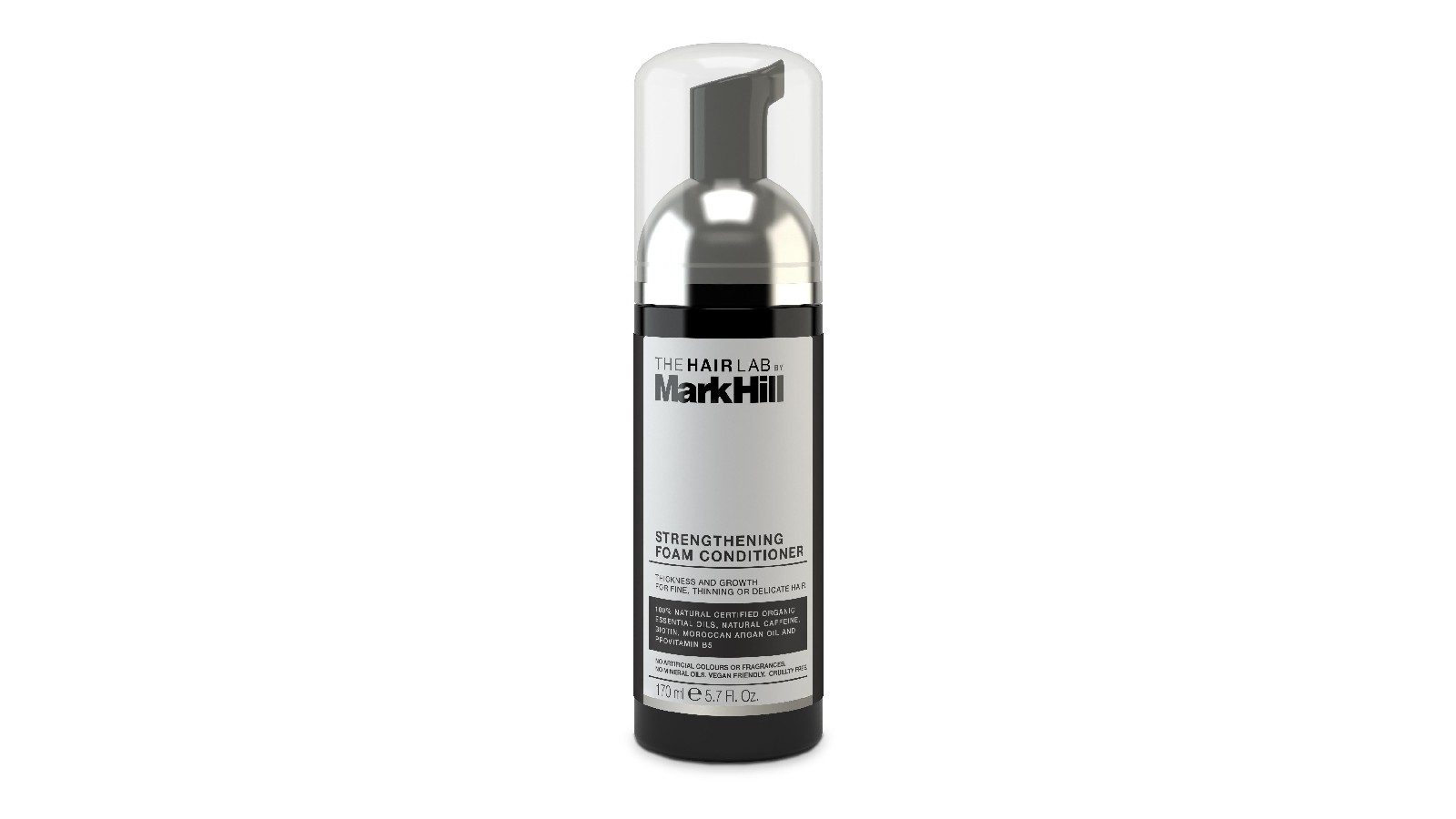
3. Rinse hair thoroughly
It might sound obvious, but most of us are probably guilty of not rinsing off our shampoo and conditioner well enough. If any product is left on the hair, it’s going to weigh it down so you won’t be able to go longer without washing your hair and can cause a dry, itchy scalp. As a general rule, if you think you’ve rinsed enough, keep rinsing for another 30 seconds. Avoid using hot water, which stimulates the sebaceous glands to produce more oil.
A lukewarm rinse is best and if you can bear it, finish off by turning the water right down. Cool water also helps seal the cuticle so hair looks mega glossy and healthy. If you have a fringe, you may find this part becomes greasier quicker than the rest of your hair. If you have a longer hair style, pull your hair back in a ponytail and give your fringe a quick wash separately. It’s quick, doesn’t take long to style, and makes your whole hairdo look fresh.
4. Use a great dry shampoo
Dry shampoo is not a total replacement for a traditional shampoo and rinse - we still need to properly wash the product build up and bacteria from our scalps, even if those washes are spread out. However, for non-wash days when hair is looking a little lank and flat, it’s a boon. Don’t go mad and use more than you require. You can always add more if you need but once you’ve gone a bit dry shampoo-mad, you won’t be able to take away and can have the opposite effect of making the hair look flat and greasy.
“If you haven’t used dry shampoo before, start by using a little bit at the roots over the course of a week or two when your hair needs it,” says Michael. “Give yourself time to get used to it – a guitar doesn’t work till you learn how to play it and it’s the same with hair products, you just have to learn how to use it so it works for you!” Michael recommends Sebastian Professional Drynamic Dry Shampoo, £17.35, LookFantastic. “The key to undetectable application is directing the dry shampoo at the roots and spraying from between 15 and 20cm away to prevent build up,” he says.
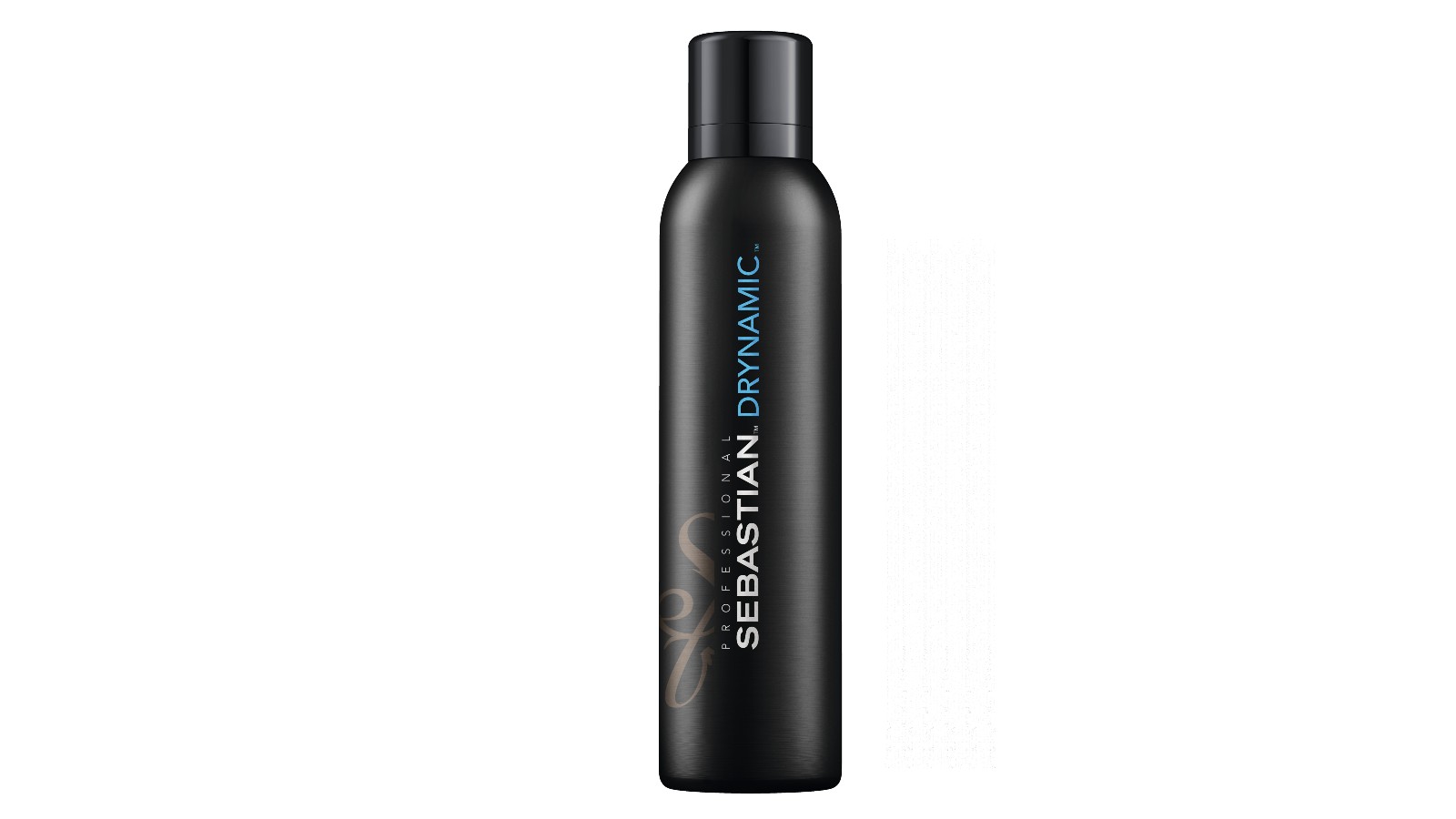
5. Add body and bounce with styling hacks
One of the biggest giveaways that hair isn’t freshly shampooed is flat roots so if you want to go longer without washing your hair, flip your parting over to the other side - instant body and bounce! You can repeat this step every day, alternating which side you flip your hair to amp up the volume. When hair starts to look a little more slick, embrace it, and whip hair back into a half-up half-down ‘do, a chic ballet bun at the nape of the neck, or a sleek high ponytail.
The natural oils in your hair will help keep flyaways at bay around the hairline too so you’ll save on hairspray. Hair accessories such as clips and Kirby grips will become your new staples, and headbands can be a boon, too. The padded variety, loved by the Duchess of Cambridge, look elegant and chic, and help disguise greasy roots.
6. Distribute the oil
It sounds almost counter-intuitive but brushing your hair with a boar bristle brush, such as Mason Pearson Pocket Bristle Brush B4, £57, Escentual, helps to spread the hair’s natural oils from the root through the mid-lengths and down to the ends to provide extra nourishment where hair needs it most. A silk hair wrap does the same job, and has the added benefit of preserving your style. Plus, tossing and turning against abrasive pillowcases can damage the cuticle, causing frizz, split ends and breakages, not to mention slower hair growth. That’s why we recommend slipping on Silke Hair Wrap, £50, SilkeLondon, a cocooning wrap that prevents friction and helps your hair’s natural oils distribute evenly from the scalp to the ends. It’s an investment buy for sure but blow-dries last longer, hair looks smoother and you’ll be able to go longer without washing your hair.
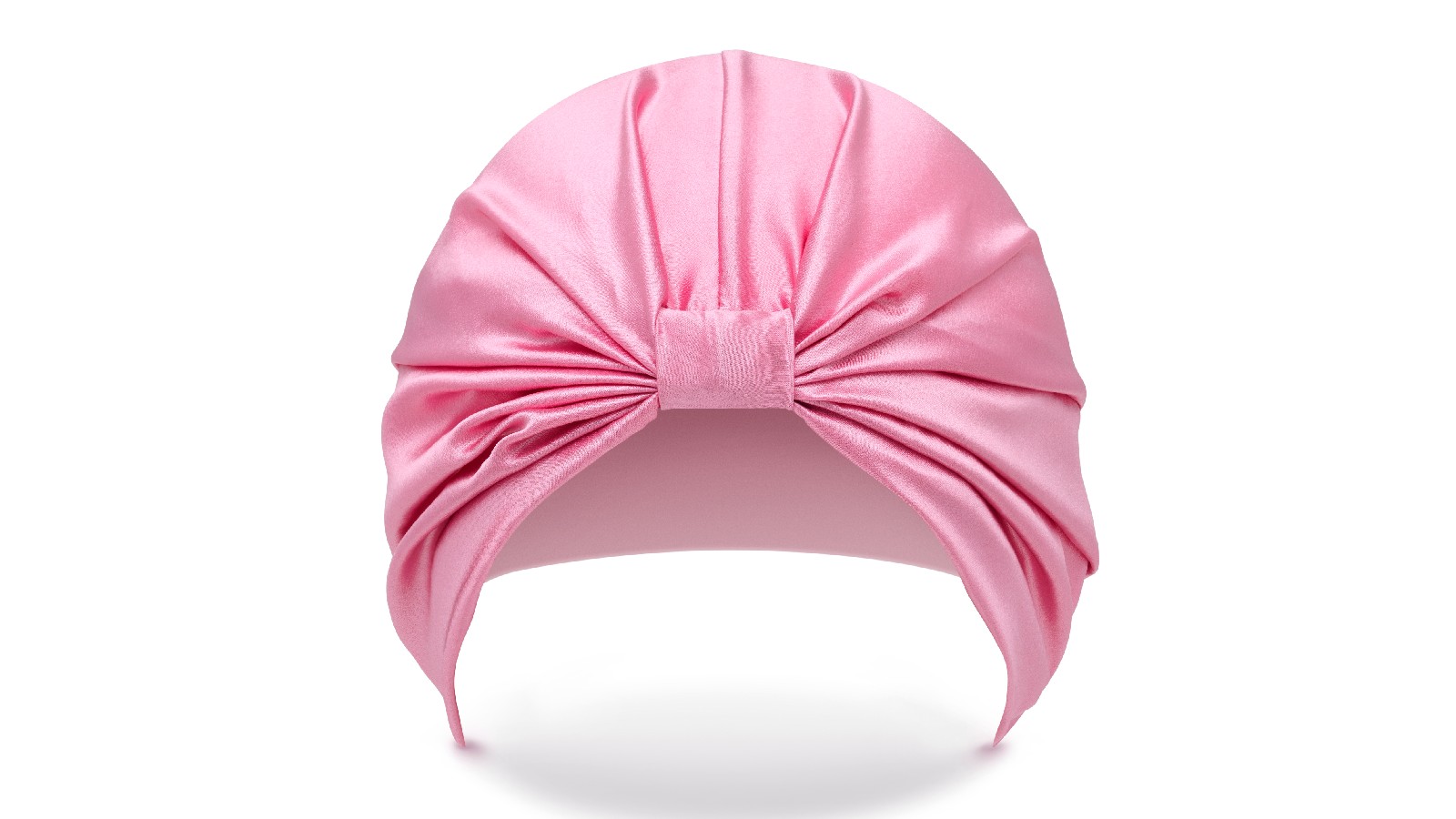
What it’s REALLY like to go week without washing your hair
Beauty Editor Stephanie Maylor can go a week without washing her hair. This is her experience.

“When I fantasise about winning the lottery, it’s not a Lamborghini or yacht I’m dreaming of - but the thought of having someone wash and blow-dry my hair twice a week. That’s how much of a chore I see shampooing and styling my hair. It’s become particularly difficult to manage since having children. The only realistic time I can wash my hair is in the evenings, but by the time the children have been bathed and read to and put to bed, and the grown-up dinner is chopped and cooked and eaten, I am in no mood to wash my hair, let alone spend an hour styling it. And this is how my washes have slowly crept further and further apart. Once a regular twice-a-weeker, I am now more likely to go six or seven days without washing my hair.
To those in the daily or every-other-day washing camps, this probably sounds disgusting. But I assure you that I would never skip a nightly bath, and I am fastidious with removing my makeup and double-cleansing. When I tell people that I haven't washed my hair for four, five or six days, they are shocked at how ‘fresh’ it looks. This, of course, will not be the case for everyone, and those with fine hair may need to wash theirs more regularly, but I have thick brunette hair, and lots of it - as one not-so-tactful hairdresser told me, “you have coarse, wiry hair like a horse!’ Well, every pony-shaped cloud I suppose…
When I do wash my hair, it is most likely to be in the evening. I curl it with my straightening irons a little tighter than I would usually like so that after sleeping on it, it becomes softer waves. Days 2 and 3 are the sweet points in my hair wash cycle. By day 4 my hair can start to look a little flat - a quick swap of the parting from one side to the other usually sorts this out in a matter of seconds. I bring in the big guns by day 5 - my Living Proof Perfect Hair Day Dry Shampoo, £20, LookFantastic which not only helps to reinstate volume at the root, but makes my hair smell as if it’s been properly shampooed. It’s an absolute hero when you want to get rid of greasy hair!
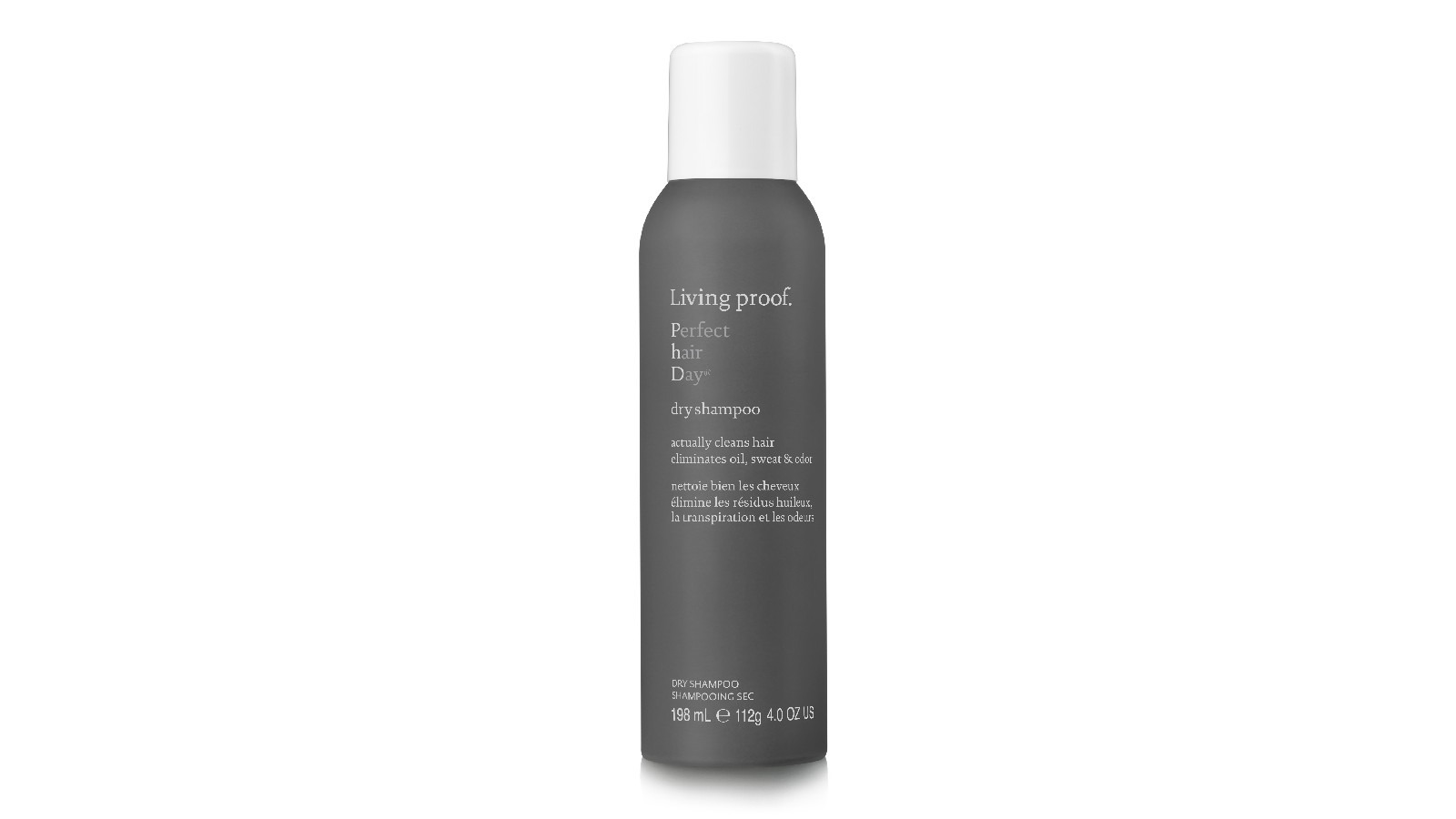
I’ll repeat this step until I eventually wash my hair. By day 6 and 7, I embrace the greasy roots and work with them, slicking down the front part of my hair and pinning behind my ears, or sweeping into a low ponytail. Here are some of the other tips and tricks I’ve used to eke out the time between shampoos so you too can go longer without washing your hair.”
How to go longer without washing your hair, according to the experts
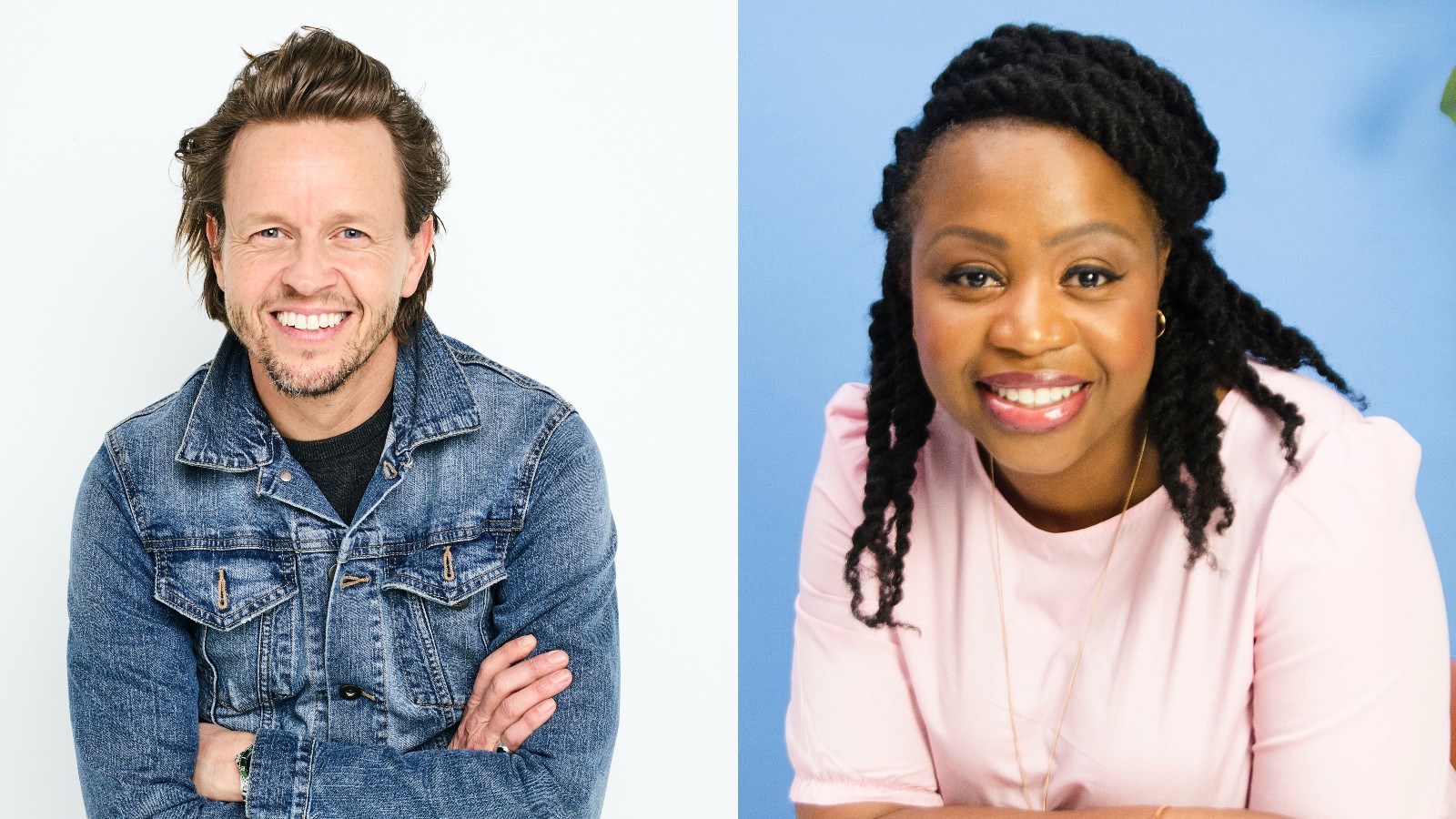
Consider your hair type
Opinion is often divided on how often we should be washing our hair, and the answer has a lot to do with hair type. Those with fine hair might need to hop in the shower than those with thick or Afro-Caribbean hair types. And celebrity hairstylist and Clairol Expert Ambassador, Michael Douglas agrees: “Very thick or curly hair can often look better one or two days after washing as the natural oils help to smooth the surface, reducing fluffiness and frizz, and making curls more defined.”
Coloured and heat-treated hair could do with a break
Coloured hair may also benefit from spacing out washes. “If you have coloured hair and wash it daily, then you can expect the colour to fade a little quicker, especially if you are using heat to style your hair after every wash,” argues Michael. Plus, many shampoos contain harsh ingredients like sulphates (they’re what give your shampoo its satisfying lather), which can rough up and damage the cuticle.
Watch out for scalp issues
But according to trichologist Stephanie Sey on behalf of Nizoral, going too long without jumping in the shower could cause scalp issues, such as dandruff. “If you are not washing your hair enough, your scalp will tell you about it. It will itch and possibly become flaky; your hair will look lank and will not hold styles very well.” It makes sense. Scalp health is big news right now. A healthy scalp means more beautiful hair, and if we neglect it, it can cause inflammation that disturbs the growth cycle and lead to hair shedding.
Does washing your hair more often make it greasier?
According to both experts, it’s a complete myth that the more you wash your hair, the greasier it becomes. “Some people just tend to produce more sebum,” says Stephanie, but does admit that using strong clarifying shampoos too often could increase oil production.
How often you need to wash your hair will also depend on lifestyle factors. As Stephanie says, “The requirements of someone who uses public transport, works out and has an oily scalp will be vastly different to a person who works from home and does not work out.”

Stephanie is a Beauty Editor across five national women’s magazine titles, with more than fifteen years’ experience working within the beauty industry. She has been shortlisted for multiple awards at the J&J Beauty Journalism Awards, and was the runner-up at the Wella Hair Journalism Awards in 2009. She has written for many brands, including Grazia, Now, More!, Fabulous, Woman & Home, NW, Woman, Woman's Own, Woman's Weekly, Essentials, Best, Chat, Pick Me Up and OK! Online. In 2010 she launched her own beauty blog, which was also shortlisted for Best Beauty Blog in the 2011 and 2012 J&J Beauty Journalism Awards.